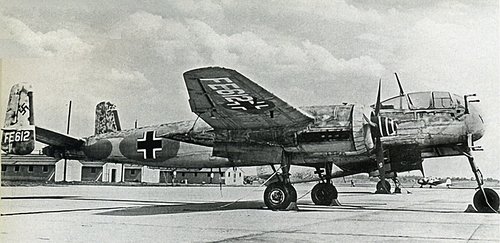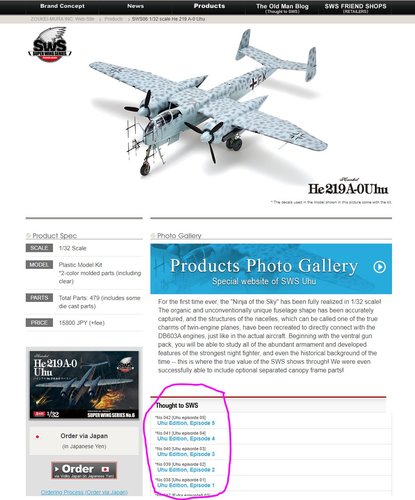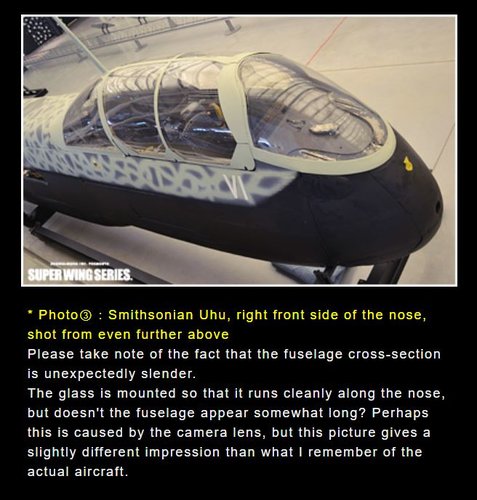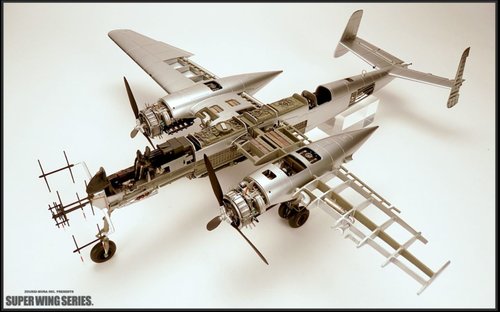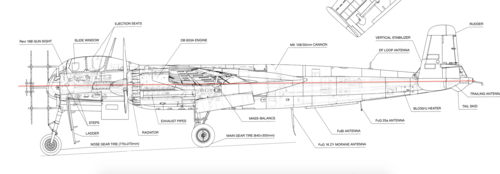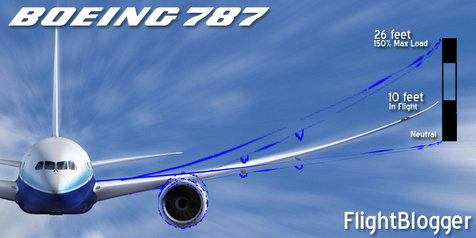Hi guys - I am new here, this group was recommended to me by some guys over on Facebook.
My name's Richard Carrick, I am the MD of Chandos Publications - here's my website, not to self-promote but to show you I am a real person and not some kind of troll!
www.chandospublications.co.uk
anyway, we publish high-end books on the Luftwaffe. Our third book will be on the He 219.
We have commissioned three authors to work on the book - Kjetil Aakra, Marcel Hogenhuis and Martin Streetly. However, I am doing a little research of my own. I am also a model maker and one of the biggest bugbears with the available kits seems to be the accuracy (or otherwise) of the engine nacelles. When looking at numerous photos of production model He 219s, many people have pointed out that the Thrust Line of the engines and cowlings points ever so slightly downward (see attached image - note the exhausts which are perpendicular to the engine thrust line.)
Now it's my contention that this phenomenon is something to do with the addition of extra fuel tanks in the production variants, but I was wondering if anyone had for example William Wolf's 'B-26 Marauder The Ultimate Look' - as far as I understand it, a direct comparison between the B-26C and B-26G should show a change in the engine nacelle shape and the incidence to the wing. I want to demonstrate that changes in later models of the He 219 also resulted in a noticeably similar visible difference between production and prototype models.
If the pertinent information is in Wolf's book then I (or rather our authors) can then say that this phenomenon could be found on many aircraft of this period, not just the He 219.
I'm sure it's not just the B-26G that we can compare here. Are there other aircraft of the period that show noticeable changes in the shape/thrust line of engines? The wing root of the He 219 that is disassembled at the Udvar Hazy Center is definitely aligned with the airframe's longitudinal axis, but (again referring to the attached image) the engine gondolas are definitely tilted at a slight angle.
I'm hoping we can have an interesting debate about this phenomenon!
Rich
My name's Richard Carrick, I am the MD of Chandos Publications - here's my website, not to self-promote but to show you I am a real person and not some kind of troll!
www.chandospublications.co.uk
anyway, we publish high-end books on the Luftwaffe. Our third book will be on the He 219.
We have commissioned three authors to work on the book - Kjetil Aakra, Marcel Hogenhuis and Martin Streetly. However, I am doing a little research of my own. I am also a model maker and one of the biggest bugbears with the available kits seems to be the accuracy (or otherwise) of the engine nacelles. When looking at numerous photos of production model He 219s, many people have pointed out that the Thrust Line of the engines and cowlings points ever so slightly downward (see attached image - note the exhausts which are perpendicular to the engine thrust line.)
Now it's my contention that this phenomenon is something to do with the addition of extra fuel tanks in the production variants, but I was wondering if anyone had for example William Wolf's 'B-26 Marauder The Ultimate Look' - as far as I understand it, a direct comparison between the B-26C and B-26G should show a change in the engine nacelle shape and the incidence to the wing. I want to demonstrate that changes in later models of the He 219 also resulted in a noticeably similar visible difference between production and prototype models.
If the pertinent information is in Wolf's book then I (or rather our authors) can then say that this phenomenon could be found on many aircraft of this period, not just the He 219.
I'm sure it's not just the B-26G that we can compare here. Are there other aircraft of the period that show noticeable changes in the shape/thrust line of engines? The wing root of the He 219 that is disassembled at the Udvar Hazy Center is definitely aligned with the airframe's longitudinal axis, but (again referring to the attached image) the engine gondolas are definitely tilted at a slight angle.
I'm hoping we can have an interesting debate about this phenomenon!
Rich
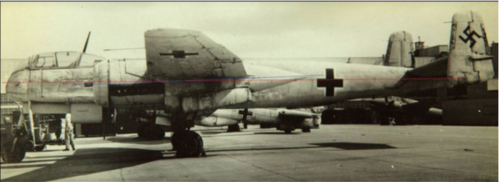
Last edited:

